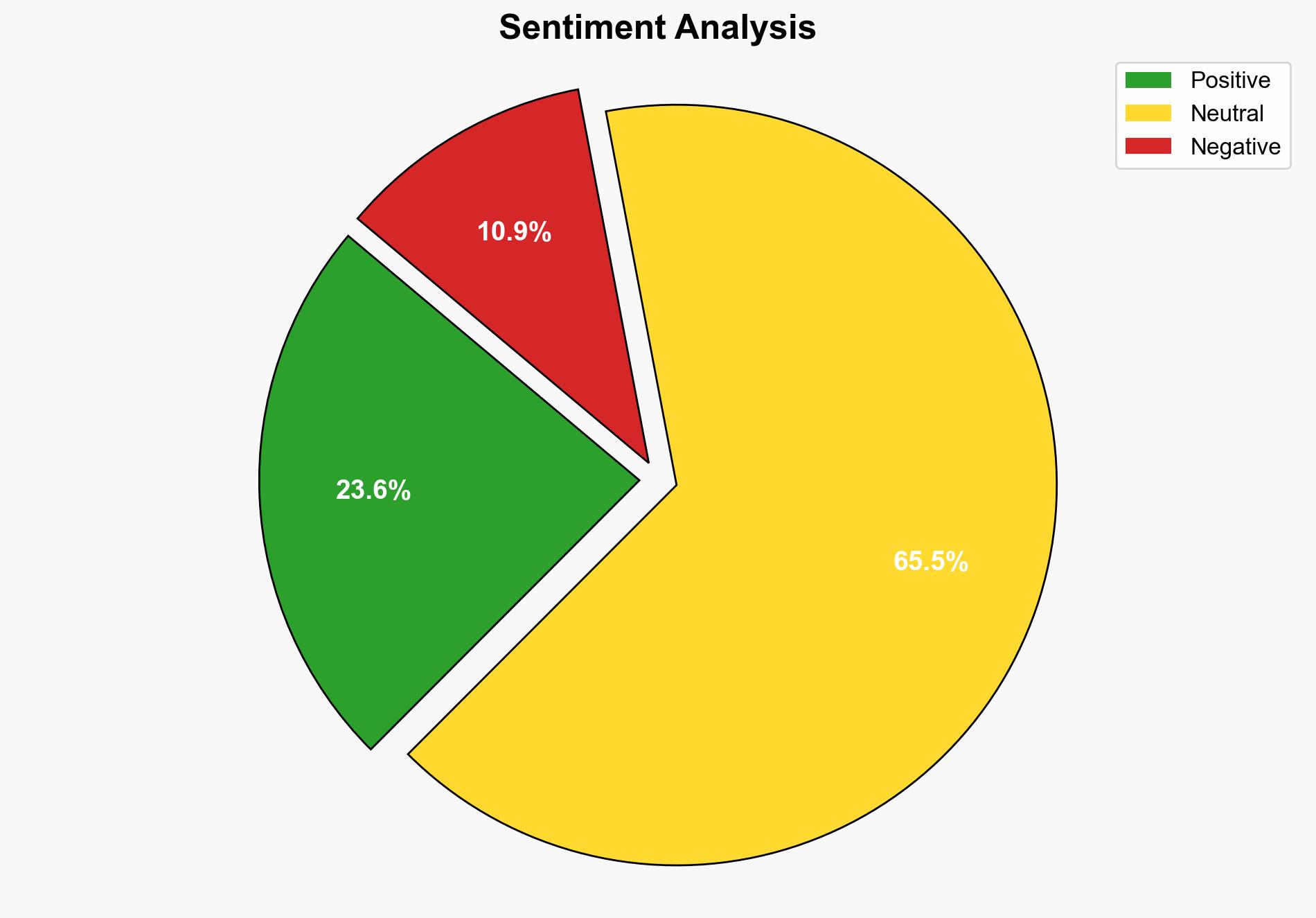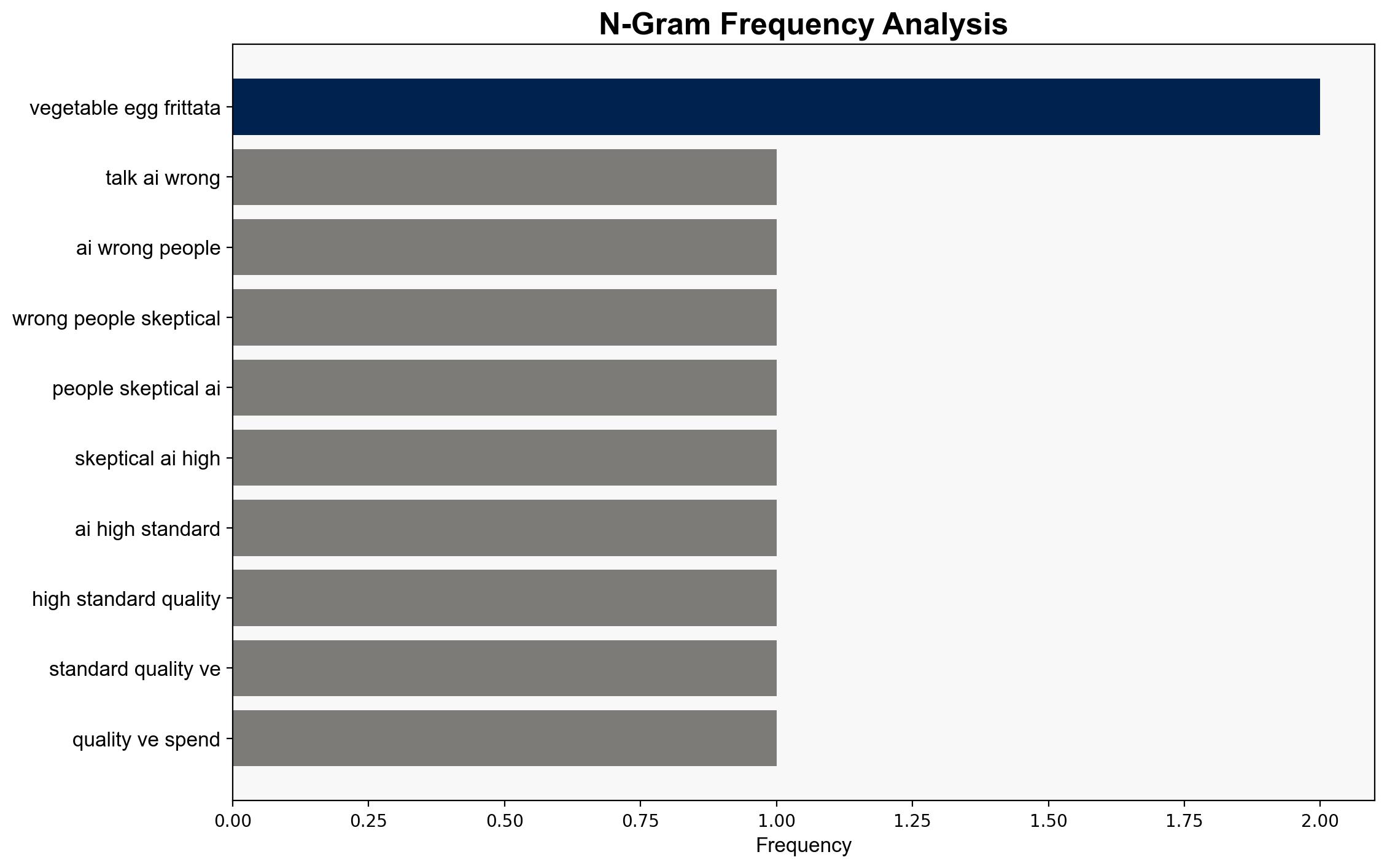The AI skeptic’s guide to AI collaboration – Substack.com
Published on: 2025-04-20
Intelligence Report: The AI skeptic’s guide to AI collaboration – Substack.com
1. BLUF (Bottom Line Up Front)
The article highlights skepticism surrounding AI’s role in creative and professional tasks, emphasizing the potential loss of quality and personal touch when AI is used as a substitute rather than a complement. It argues for a balanced approach where AI tools enhance human expertise rather than replace it, stressing the importance of human judgment and emotional intelligence in tasks like writing and problem-solving.
2. Detailed Analysis
The following structured analytic techniques have been applied:
Analysis of Competing Hypotheses (ACH)
The skepticism towards AI stems from a belief that AI lacks the depth and agency of human work. The concern is that AI, when used as a shortcut, can lead to a loss of quality and personal investment in tasks.
SWOT Analysis
Strengths: AI can automate tedious tasks, freeing up human resources for more complex work.
Weaknesses: AI lacks emotional intelligence and contextual awareness, leading to generic and impersonal outputs.
Opportunities: AI can be a collaborative partner, enhancing human capabilities when used thoughtfully.
Threats: Over-reliance on AI could erode trust and drive talented individuals away if personal touch is lost.
Indicators Development
Warning signs include increased reliance on AI for tasks requiring human insight, leading to generic outputs and potential dissatisfaction among stakeholders.
3. Implications and Strategic Risks
The misuse of AI in professional settings could lead to a decline in work quality and employee morale. There is a risk of AI being perceived as a threat rather than a tool, potentially stalling technological adoption and innovation. This could have broader implications for economic competitiveness and workforce dynamics.
4. Recommendations and Outlook
- Encourage a balanced approach to AI adoption, emphasizing its role as a complement to human skills.
- Invest in training programs that focus on integrating AI tools with human expertise.
- Develop policies that ensure AI outputs are reviewed and contextualized by human oversight.
- Scenario-based projection: If AI is integrated thoughtfully, it could lead to enhanced productivity and innovation. Conversely, over-reliance without human oversight could result in decreased job satisfaction and quality of work.
5. Key Individuals and Entities
The article references various skeptical individuals, including writers and architects, who have expressed concerns about AI’s impact on their fields.





